Portrait of the Child Jesus
Oil on canvas, cm 48 x 38
With frame cm 62 x 51
The portrait of the Child Jesus belongs to the production of the Venetian artist Giuseppe Angeli, who lived in the eighteenth century and was a student of another great painter of the lagoon city such as Giovan Battista Piazzetta (Venice, 13 February 1683 - Venice, 29 April 1754). Angeli worked as director of the workshop of the Piazzetta, was part of the fron of the Venetian painters and was a nude teacher at the Academy of Venice, thus obtaining a significant prestige both in the city, where he received most commissions, and outside it. The subjects represented during his career are testimony to the adherence to the style of the Piazzetta and, moreover, demonstrate the extreme versatility of the painter as regards the type of subject: portraits, genre scenes, allegories and religious painting, as in this case, they appear constantly over the years, although on a quantitative and qualitative level he demonstrates all his skill in religious subjects. In fact, he made works for many Venetian churches: the Immaculate and Saints for the church of San Francesco della Vigna (1756) and the Christ on the cross and San Girolamo Miani for the church of Santa Maria dei derelitti are among the best proofs of the Angels, which also made a Glory of San Rocco for the famous School of San Rocco in 1754. In these paintings as in other scenes of genre, for example The tickling or The military with drummer, the Angels inserts portraits of young and infants that demonstrate the same sweetness and grace of this Jesus Child full and soft features, Close to those of similar subjects depicted by the Piazzetta, such as the Young Pilgrim in Chicago or the Saint Christopher in New York. The dense and full-bodied pictorial rendering enhances the colors on the dark background, typical of portraits and genre scenes and illuminated by the diaphanous light that illuminates the figure of the Child, immortalized with a small basket containing the instruments of passion; the coat of a bright blue and the petticoat of a transparent white complete the figure. The prestige and appreciation of the painter Veneto is also deduced from the presence of his works in the most important museums around the world: from the Hermitage to the Louvre through the Gallerie dell'Accademia and other important European and American museums.































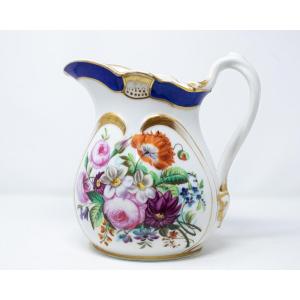



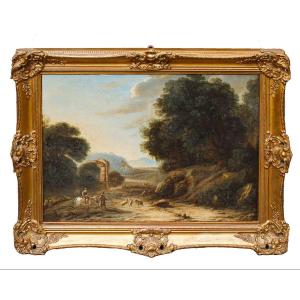
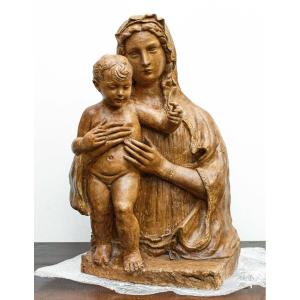




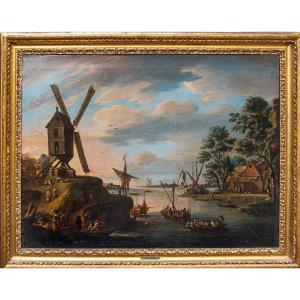
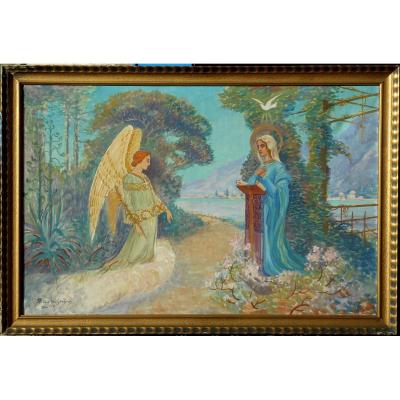







 Le Magazine de PROANTIC
Le Magazine de PROANTIC TRÉSORS Magazine
TRÉSORS Magazine Rivista Artiquariato
Rivista Artiquariato